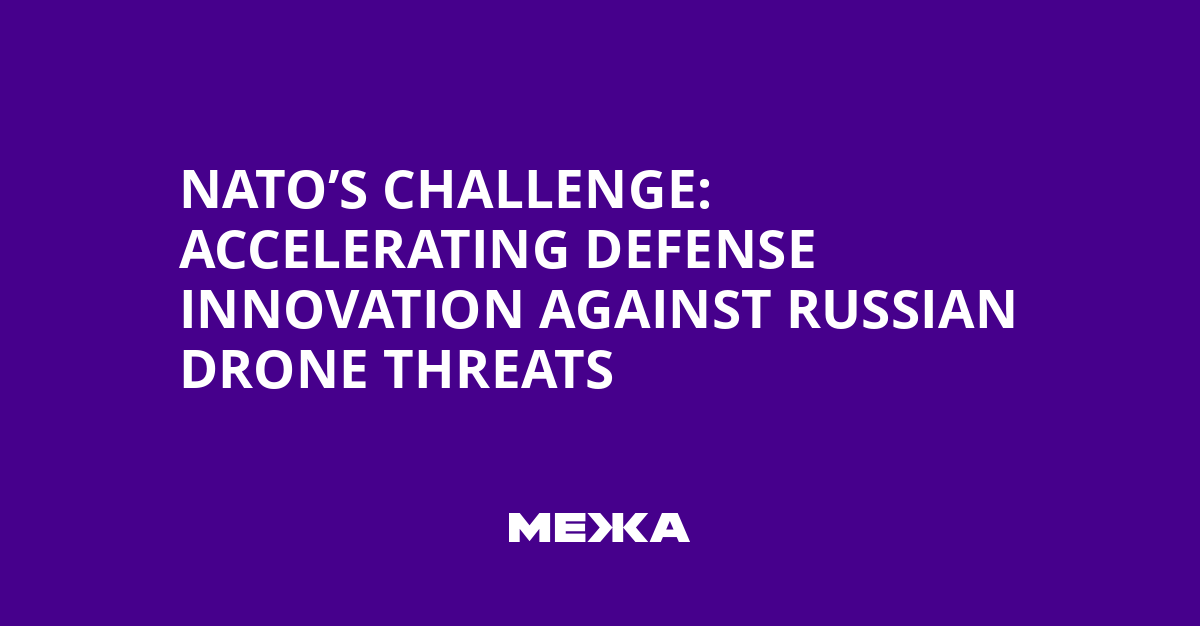After air-raid sirens and the roar of NATO fighter jets over eastern Poland, the question arises again: can the alliance quickly implement new technologies to neutralize the growing threat of drones from Russia? The essence of the discussion boils down to whether the pace of defense innovation will be a decisive factor in deterring and repelling further attacks.
As part of the situation assessment, Polish investigators documented fragments of Gerbera drones – usually made of plywood and foam, which often serve as decoys. According to Ukrainian intelligence, the cost of a single such model is about $10,000. This underscores how unconventional and dynamic the threat is, when even cheap designs can inflict substantial damage in the modern airspace.
In response to the threat, NATO deployed long-range and fairly expensive aircraft – F-16 and F-35 – with fuel and maintenance costs being substantial, but these outlays served as a demonstration of willingness to respond even with limited resources and in the face of rapidly changing conditions on the front.
“Price asymmetry does not work.”
– Robert Tollast
Paths to faster innovations in security and defense
While NATO is handling drone attack deterrence, it is clear: spending on modern protection systems often runs beyond budgetary limits, while the drone threat itself grows faster. This underscores the need for a balance between high-tech, but expensive solutions and more affordable, yet scalable ways of intercepting and detecting.
“The main problem is that before the war in Ukraine many Western defense technologies simply did not account for such an asymmetric drone threat,”
“The main problem is that before the war in Ukraine, many Western defense technologies simply did not account for such an asymmetric drone threat,”
– Robert Tollast
To date there exist detection and interception systems, but their procurement is often bogged down by bureaucratic procedures and outdated approaches to contracts. This creates a gap between front-line needs and the pace of procurement.
“Technology exists.”
– Johannes Pinl
In the real world, the speed of equipment integration becomes a decisive factor in victory. Examples from the United Kingdom and the private sector show that rapid detection and interception of small drones can alter the course of the conflict. At the same time there is a growing desire to combine government procurement with the innovative potential of the private sector to achieve greater operational flexibility.
“Probably a significant portion of the Polish border could be covered by a good wall of drones,”
“Probably a significant portion of the Polish border could be covered by a good wall of drones”
– Pinl
Companies like Tekever promote co-financed development models: since 2022 the United Kingdom has invested in AR3 drones to support Ukraine almost $350 million, and now the company is opening a factory in the United Kingdom with a forecast of thousands of new jobs. Such an approach quickly brings solutions to the front line and provides greater flexibility in responding to needs during the conflict.
“If a country wants to procure equipment for Ukraine, there is a path to do it quickly – there is a mandate to contact the company and say: we need XYZ as soon as possible,”
– Pete Hegseth
Official circles in the United Kingdom are calling for a review of defense procurement approaches: the defense minister stressed that speed requires changes in attitude toward industry and the adoption of a “war tempo” in domestic defense approaches. Such initiatives are accompanied by expanding international cooperation among the Baltic states, the EU and the US and supporting startups that develop modern electronic warfare protocols and drone interception systems. At the same time, production in Northern European countries is increasing to meet growing demand and reduce the unit cost of weapons.
“We are only at the very beginning of deploying the capability. Don’t believe that enough has been done”
– Nammo’s chief
Expansion of cooperation between the governmental sector and private developers is a key to faster mobilization of defense potential. Plans are to strengthen cooperation among the Baltic countries, the EU and the US, to boost investment in startups creating electronic warfare systems and effective counter-drone protocols. It is also useful to increase production capacity in Norway and Nordic countries to quickly reduce costs and improve the availability of the latest solutions.
All of this points to the need for a comprehensive approach: combining high-tech reliability with flexible and rapid private-sector solutions, as well as a multi-layered system of detection and interception to share risks and reduce overall costs.
Experts emphasize: the pace of deploying technologies is not just about technical capabilities but a national security strategy. Among the success factors are the speed of procurement processes, effective interaction between governments and industry, and readiness to adapt to the changing nature of threats in airspace.
Ultimately, the conclusion remains: NATO needs synergy between costly aviation systems and cheaper but scalable solutions to provide multi-layered protection against drone attacks. Rapid adoption of innovations, effective use of the private sector, and international cooperation will make defense more adaptable and resilient to the growing danger from drones.
